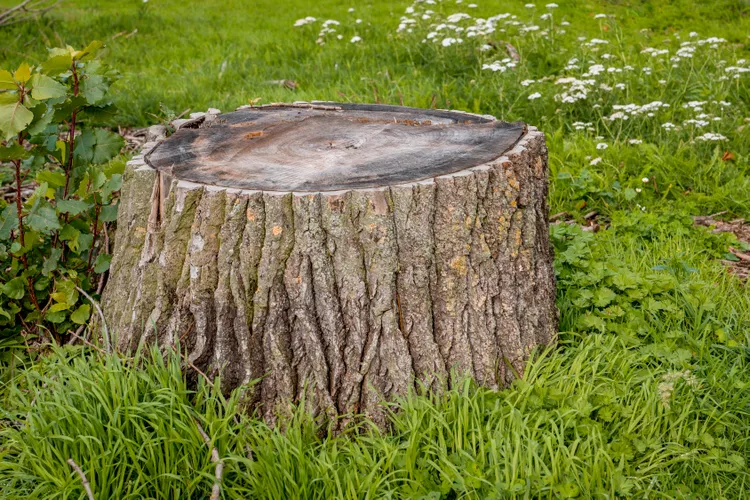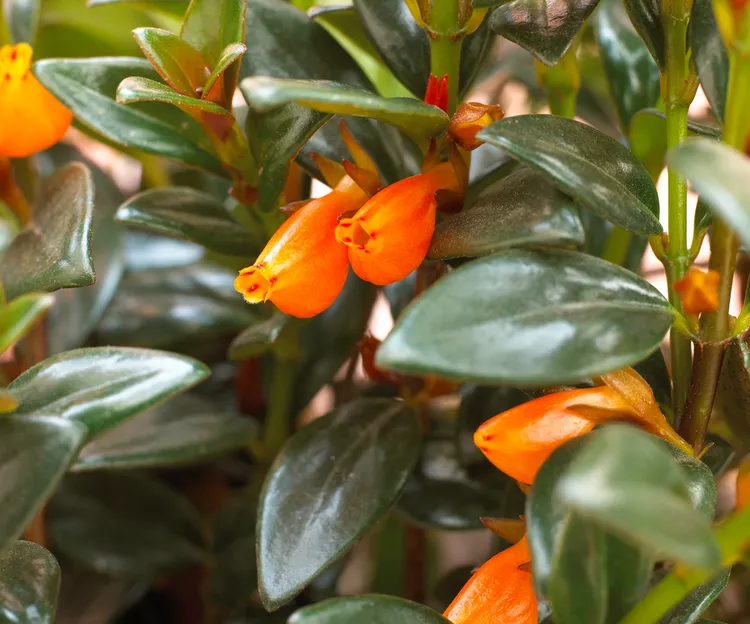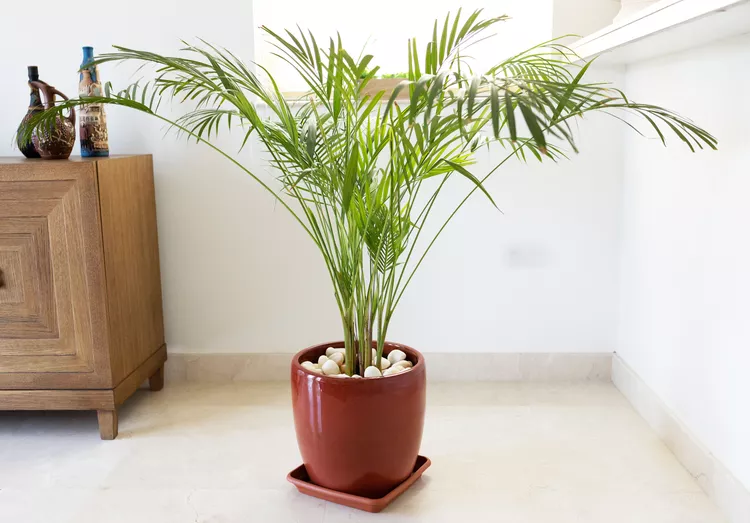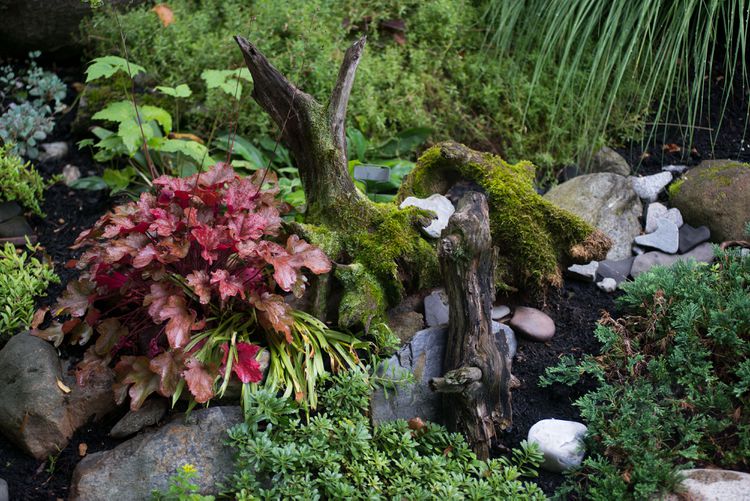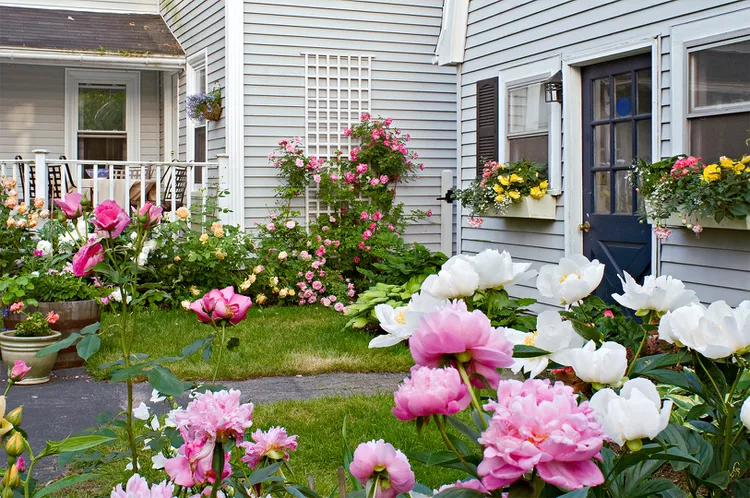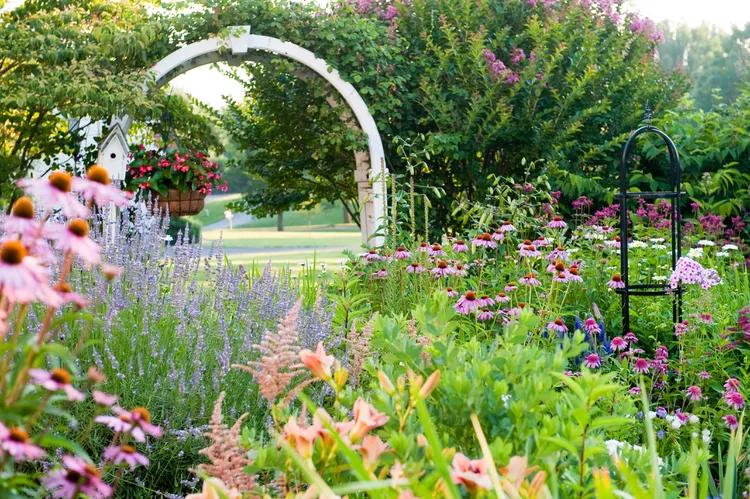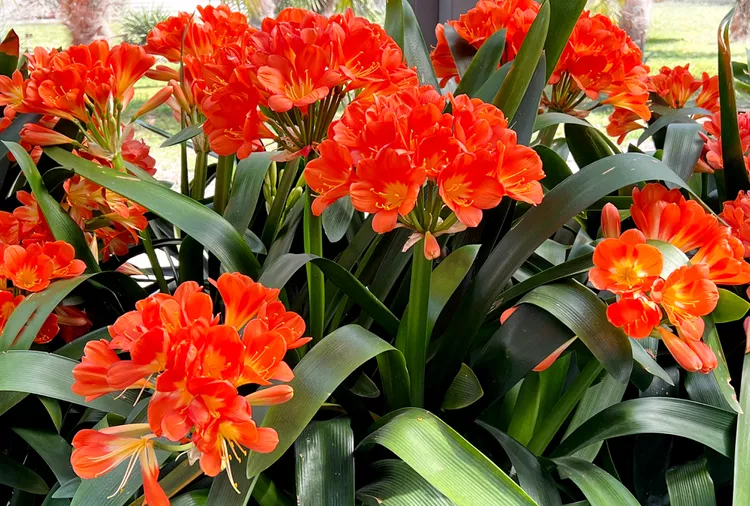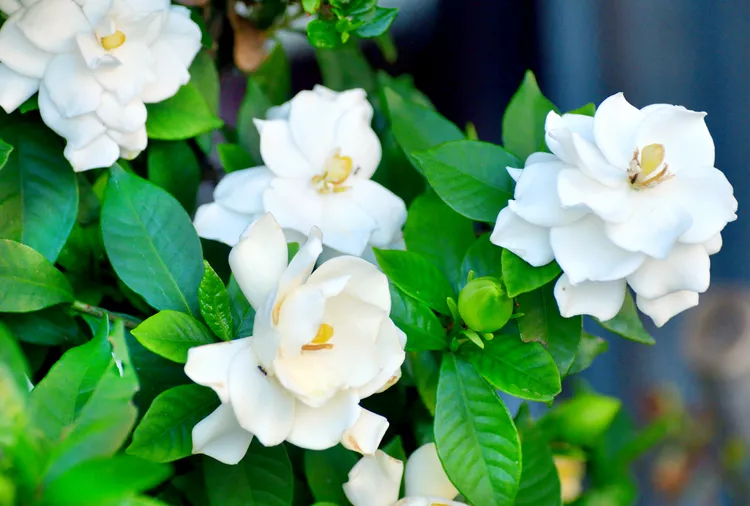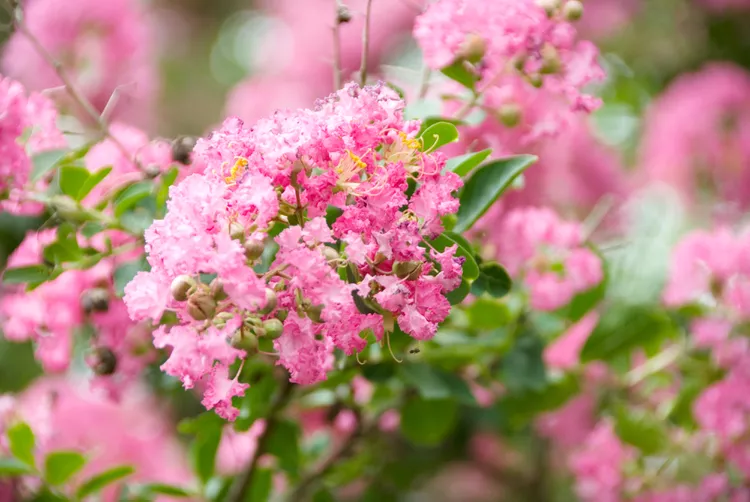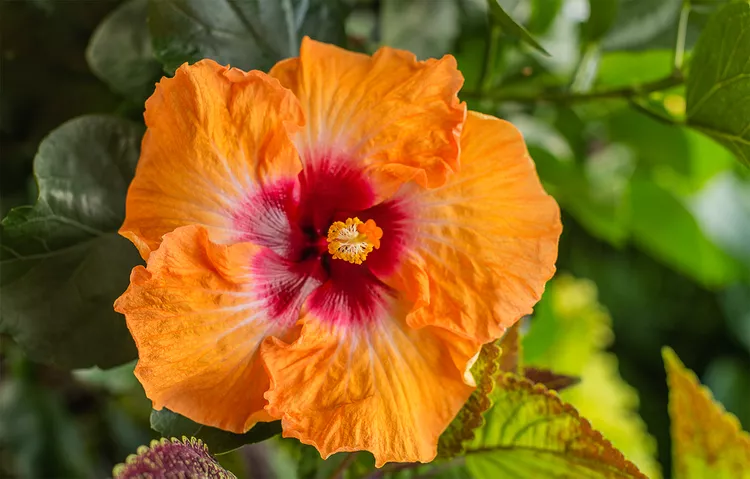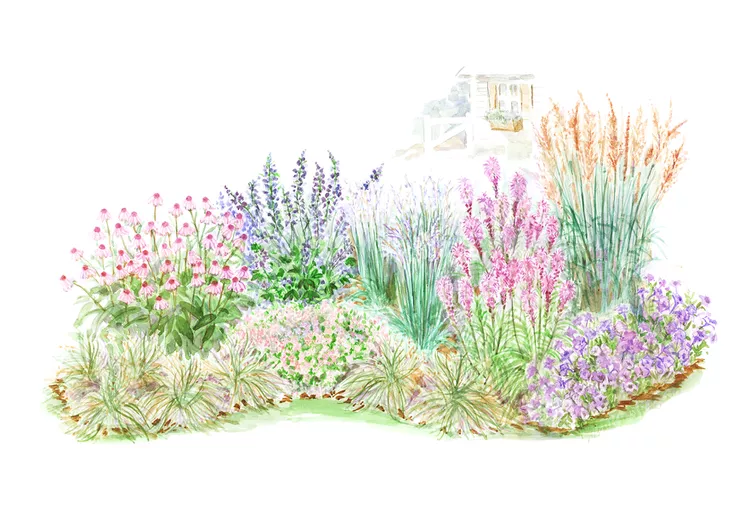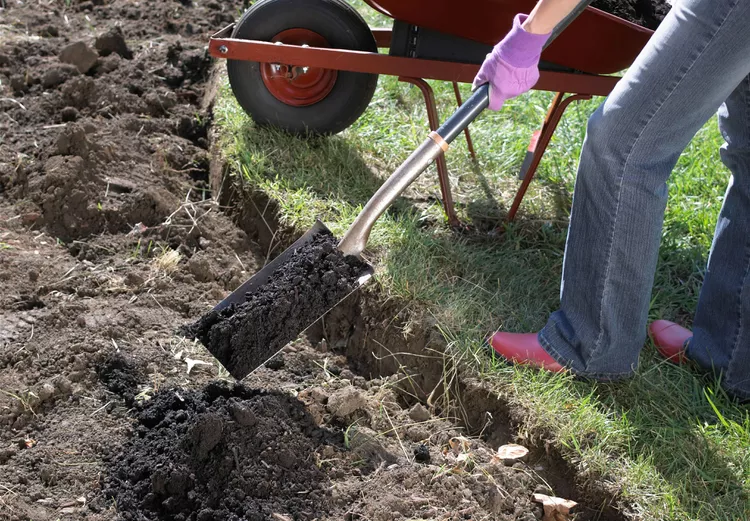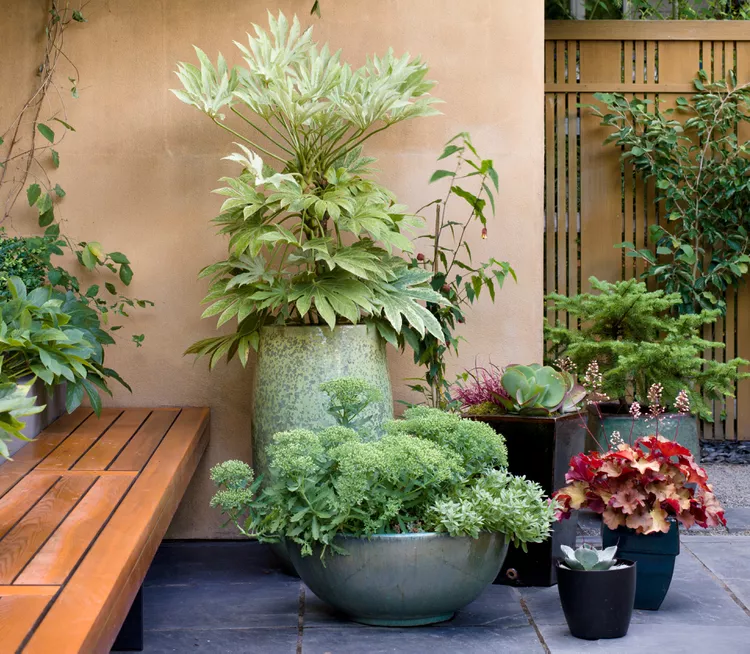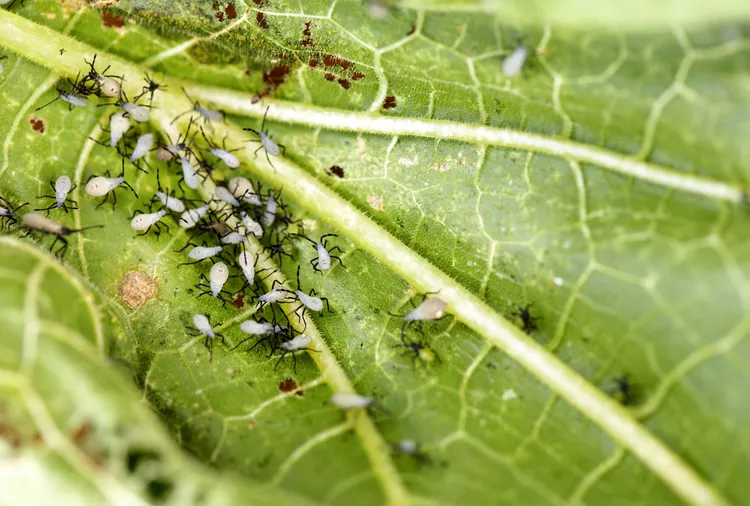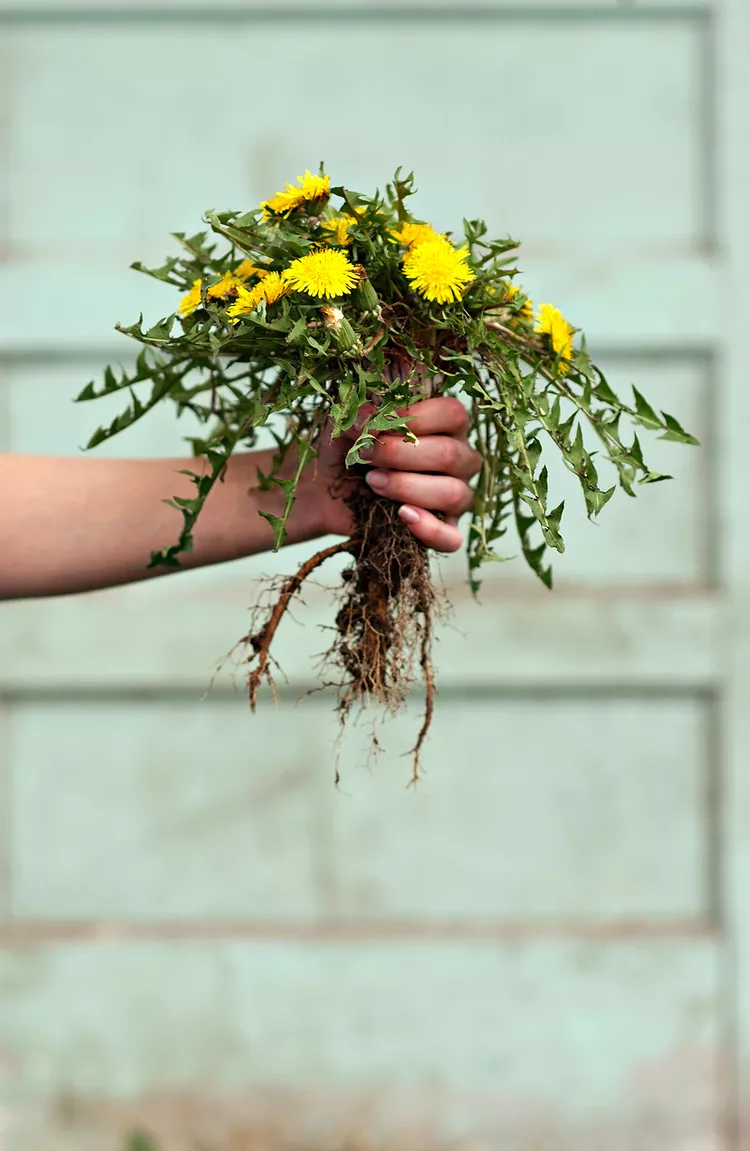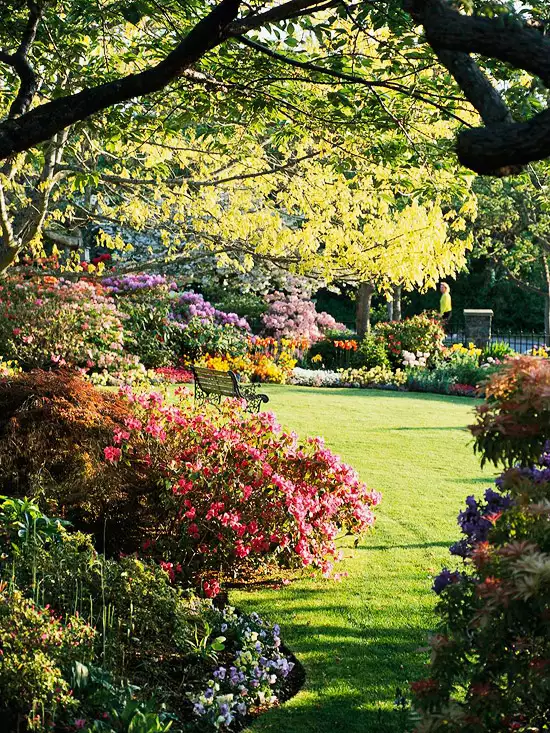Figuring out how to remove a tree stump from your yard is a problem you'll likely face after a tree comes down. There are several methods to consider, depending on factors like your plan for the space after removal and your budget. This guide will walk you through important questions for deciding the best way to handle your situation, and explain each option for removing a stump.
What to Ask Before Removing a Tree Stump
Removing a tree stump can be costly, time-consuming, and a lot of work. Before committing yourself to it, there are a few things to think about that will help you choose the best method for tackling the problem.
What is the plan for the space?
Are you turning the area into a woodland garden? If so, consider leaving the stump and allowing it to decay in place. Are you turning a wooded spot into a vegetable garden? You definitely need to remove those stumps.
Set realistic expectations for the space and use your judgment regarding whether or not to remove the stump. Unless you fear it will be a trip hazard, it is probably okay to just cut it low to the ground and leave it be.
What is your budget?
Professional stump removal can be pricey, especially if the stump is big enough that a few strong backs and a sturdy shovel won't do the job. Prices vary from region to region, but even a relatively small stump, only 18 inches in diameter, can cost hundreds of dollars to remove professionally.
Don't expect stump removal to be included in the price of tree removal. It is often considered an additional service. Ask about stump removal prices and options if you hire a company to remove your trees.
Do you need to backfill the hole?
Stump removal services may or may not backfill the remaining hole after the removal. If you plan on planting new trees or a garden bed, ask about backfilling the hole with soil. If digging a swimming pool in the spot, you can skip this step.
Remember, soil settles over time. Plan to compact the soil in the hole with a tamper as you fill it in, or add extra soil mounded on top and allow it to settle over time. It can take a year or more for the soil to settle. Be patient.
If you want to replant a tree in the general area, it is better to move the planting location away from the original site. Planting in native soil is better than planting in newly delivered soil from offsite and better than planting in leftover woodchips from the grinding. Also, unless you are confident about why the original tree died, it may be safer to move the location rather than risk an early demise for your new tree.
5 Ways to Remove a Tree Stump
There are several options for removing a tree stump from your yard that vary in cost, amount of physical labor, time, and degree of skill when it comes to operating heavy machinery.
1. Stump Grinder
When you're working out how to remove a tree stump, the most sensible answer is to hire a company to grind it out. Stump grinders are large, specialized equipment with rotating teeth that chew the stump to below ground level. The resulting wood chips and soil are either piled in place to rot and decay or hauled offsite. Fresh soil may be brought in, and grass seed or sod can be applied to finish the job.
Many tree care companies offer stump grinding services. Some companies specialize in stump grinding. Stump grinders are available to rent, but these dangerous pieces of equipment are best handled by well-trained and well-insured professionals.
Always wear safety gear when working with tools and equipment. Safety glasses are a must, and hearing protection is essential when working with loud equipment. Read the manual and follow the recommendations to keep yourself and others safe.
2. Dig It Out
Small stumps can dug by hand. However, it is vital to know your limitations. Digging out stumps is hard work, and even trained landscaping crews can find themselves in over their head when they discover that the stump they thought would "pop right out" has a deep taproot anchoring it to the ground. Also, it often requires a large hole to be dug so that you can dig underneath the root ball to sever the remaining roots.
If you are committed to digging it out by hand, consider using a hose with a high-pressure nozzle to wash away the soil 1-2 feet around the stump's base to expose the roots. A pressure washer can make quick work of this task. Then, use a sharp shovel, loppers, or other cutting implements to sever the roots around the tree. Once the roots are all cut, give the root ball a wiggle, and if it moves, you're almost done. If not, keep digging and cutting.
There is no rule on how big of a hole you need to dig to remove a stump other than it is a bigger hole than you thought you would dig. There are too many factors, including the type of trees, the kind of soil, and the size of the stump. One trick is leaving a longer trunk piece attached to the stump. A five-foot trunk piece makes an excellent lever to rock the stump back and forth and pry it out.
Once the stump is out of the ground, you may need to pull out the hose again to wash off the remaining soil and lighten the load. Cutting the stump into smaller pieces may even be necessary for easy handling. This can be a big job; generally, trees more than 8 inches in diameter at the base are too heavy to remove by oneself.
Always call 811 before you do any digging on your property. Each state has different laws and processes that you must follow for your safety. Familiarize yourself with your local and state laws and regulations before starting your stump removal project.
3. Heavy Equipment
Stump grinders are specialized equipment that are not common in the homeowner's garage. However, some people can access a skid steer, farm tractor, backhoe, or forklift. Any of these pieces of equipment in the hands of a skilled operator should be able to make quick work of an average-sized stump. However, if you are not an experienced operator, do not try this yourself. Large equipment can be hazardous to operate safely, and a large stump can outmatch a large skid steer.
4. Rot It Out
There are products on the market at most home and garden stores labeled to speed up the rotting process of a stump. Some of these products contain herbicides to ensure the tree does not sprout from the base. Most involve drilling holes into the stump, filling them with the chemical, and then waiting.
A slower but even cheaper method is to drill some holes into the stump about 6-8 inches deep, fill them with water, and then cover the stump. You can use anything to cover the stump, including a plastic bag, soil, or mulch. It may take years for the stump to degrade fully, and when it does, you may need to add some soil to bring the grade back to level. But it's free and easy, which is something that can't be said about most other options. Just be sure to remove any plastic before it degrades.
5. Cut and Cover the Stump
One possibility is to simply remove the stump from your sight rather than from the ground. Just cut it low to the ground and build a planting bed over it. If creating a bed overtop is not an option, then you can plant perennials and shrubs close enough to the stump that it simply disappears from view as your plants grow. If the stump can stay where it is, then the easiest option is to just let it be.
Final Thoughts
Don't underestimate the weight of the stump. Stumps can be heavy! A "small" stump can still weigh more than 100 pounds, especially if soil is still attached. Use common sense. There are too many cases of people damaging their vehicles because they tried to pull a stump out of the ground with their daily driver. There is a reason that professionals do it differently. It is not worth ruining your vehicle to save a few dollars.
You may come across the advice to douse the stump in gasoline, diesel fuel, or used motor oil and try to burn it out. This is a dangerous and time-consuming way to deal with the problem, and it may also be illegal. Don't risk contaminating the soil, starting a fire, or worse to remove a stump.
Figuring out how to remove a tree stump can be tricky, depending on your situation. When in doubt, call a professional. Otherwise, be safe and know your limitations.
